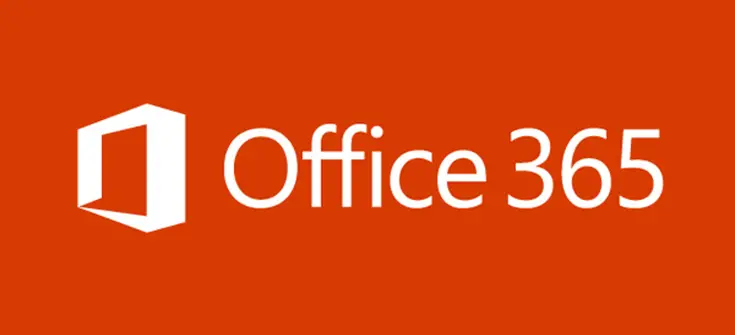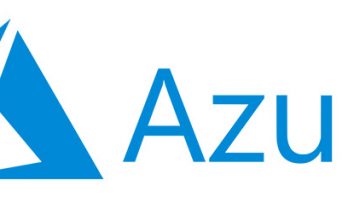Table of Contents
Migrating mailboxes and service settings from one Office 365 tenant to another Office 365 tenant in a business-merger scenario can be a quite troublesome task even for the most experienced System Administrators: for that very reason, even Microsoft - in its dedicated tutorial published on Microsoft Docs - strongly suggest to work with an Office 365 partner, especially if we are dealing with a migration involving more than 500 users and/or a large amount of SharePoint data.
Anyway, here are the main factors that determine the choice of Office 365 tenant to tenant migration:
- Type of current IT infrastructure: Where will you migrate mail from?
- The number of e-mails to move to the cloud.
- Which migration option you choose: Full or Hybrid.
- Requirements for the process of creating and managing user accounts, using cloud services.
That said, here are a number of useful questions that will help you choose a migration scenario.
1. What mail service are you migrating from?
The first question we should ask ourselves is where our source data is coming from. There is a huge difference between an Office 365 Tenant to Tenant migration, an Exchange to Exchange Online migration or some other kind of migrations involving other mail systems - such as, for example, GMail.
If your current mail system supports the IMAP data transfer protocol, then perhaps a relatively simple IMAP migration is the best migration option: this is the fastest and most budget option. The peculiarity of this scenario is that there is no possibility of automatic migration of related information: contacts, calendars, tasks.
2. What kind of migration do you need?
Once you've determined the current IT infrastructure and the destination system, the most important thing to do is to understand the type of migration that better suit your specific scenario: this analysis depends on a number of factors, such as how many mailboxes do you have, if you want to migrate them all at the same time, if you need to migrate calendar events as well as e-mail messages, and so on.
#1. Tenant to Tenant migration
If you're planning to migrate a small-to-mid number of mailboxes - let's say, less than 1000 - from an existing Office 365 tenant, and you want to migrate them all at the same time, then a Office 365 tenant to tenant migration will be fine for you.
In this case, all mailboxes, folders, distribution groups, available sorting rules, contacts, calendars, and tasks are moved to the cloud. In this case, all information is transferred to the cloud at once. This option is ideal for small and medium-sized organizations that appreciate the simplicity and convenience of the script.
#2. Phased migration
Things considerably change if you're planning a migration from Exchange and at lease one of the following statements are true:
- You want to continue to support some mailboxes in your current mail system.
- You want to migrate over 1000 mailboxes.
- You need a phased migration or a trial implementation.
- You do not need to exchange calendars between cloud and local users.
If the above requirements are among your wishes, then a phased migration is the right option for you.
Such scenario will allow you to migrate user or group mailboxes to the cloud over time while the rest will remain on the local mail system. A single Global Address Book will be created for both on-premise and on-premise users, which requires replication of objects from the on-premise Active Directory to the Office 365 cloud. This will require you to deploy and configure the DirSync directory synchronization tool.
#3. Hybrid migration
If you plan to migrate from Exchange and among your wishes are the following:
- You want to support a part of the mailboxes on the LAN and a part in the cloud for an indefinite period of time.
- You want to eventually move all mailboxes to the cloud, but there is a need to perform a trial deployment or a phased migration over a fairly long period.
- You want to provide maximum transparency to users, including translating employment information into calendars and a single login address.
- You want the incoming mail flow to be routed through your local servers.
In this case, a hybrid scenario is the best option. It will allow you to achieve maximum transparency regardless of where your users' mailboxes are located: sharing busy information in calendars, correctly displaying mail prompts, absence messages. Auditors or HR staff will be able to search multiple mailboxes no matter where they are located. If necessary, you will be able to move the user's mailbox to the cloud and back with almost one click - this will not entail the need to re-load mail or create a cache of mail messages in Outlook Client.
In a hybrid cloud services scenario, you would need to deploy an on-premise server in the organization that serves as the gateway to the Office 365 cloud services. You will be able to manage cloud and on-premise users from a familiar Exchange management console or via PowerShell.
A hybrid scenario is slightly more complex to plan and deploy than other options, but you get maximum flexibility and transparency for end-users.
Conclusion
That's it, at least for the time being: we hope that this high-level analysis can help those System Administrators that are looking to find the best available option to migrate their e-mail messaging system to a brand-new Office 365 tenant. For additional info rearding such topic, don't forget to read the How to migrate mailboxes from one Office 365 tenant to another tutorial at Microsoft Docs.



